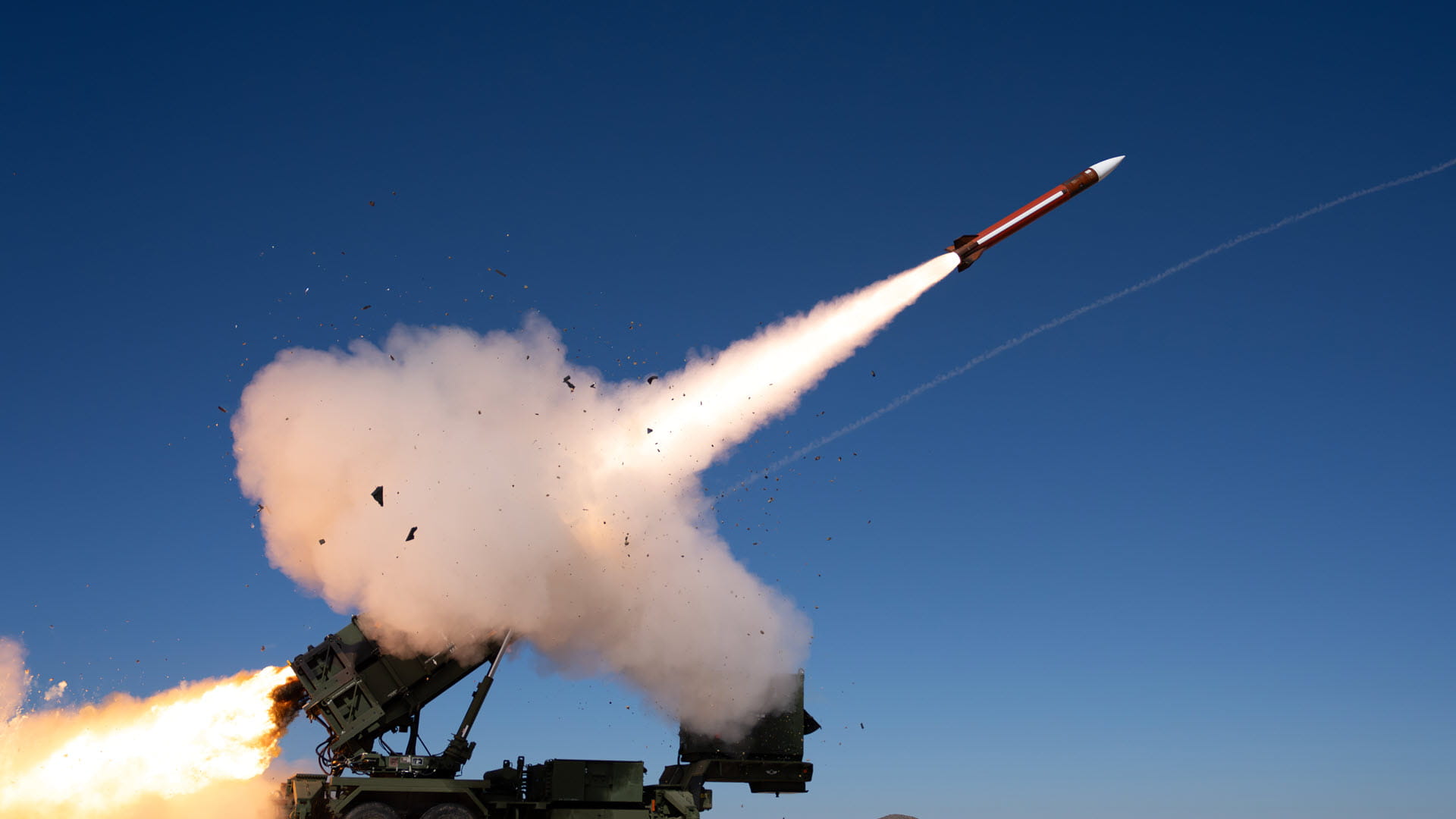Keeping USS Jack H. Lucas on track
Integration of SPY-6 radar array is underway on Navy’s new guided destroyer
The U.S. Navy’s new high-tech destroyer has made its first triumphant splash – and it has a powerful new radar on board.
Raytheon, a Raytheon Technologies business, is working with shipbuilder Huntington Ingalls Industries in Pascagoula, Mississippi, to integrate four SPY-6 radar arrays onto the USS Jack H. Lucas (DDG-125). The ship is the first in a class of guided missile destroyers known as Flight III.
“It’s been a long journey and partnership with the Navy to get to this point – refining the solution…building, delivering and now integrating these systems to help protect our servicemen and women,” said Scott Spence, program area director for naval radars at Raytheon, a Raytheon Technologies business.
SPY-6 is a family of advanced naval radars that can track enemy jets and cruise and ballistic missiles while resisting interference, like noise from rough seas. It can see farther and react faster than any deployed radars, and it can more accurately discriminate between threats and non-threats.
Raytheon wrapped up production for the USS Jack H. Lucas and delivered the last SPY-6 radar array to the shipyard in October 2020; installation and checkout are underway.
“We’ve got to keep Jack on track,” said Mike Mills, SPY-6 senior program director at Raytheon.
The business is collaborating closely with the Navy to answer technical questions and overcome any unexpected challenges to meet milestones and ensure the new ship is ready for service in 2024.
“We’ve thought through not only the technology and performance, but also the maintenance and how we’ll do repairs – just to make it as seamless as possible for the Navy,” Mills said.
While design, production and integration are key, so is sustainment. SPY-6 brings several advantages on that front. It uses 70 percent fewer parts than the existing system, and technicians can swap out parts on radar arrays using only two tools. Continual, long-term software enhancements will add capability throughout the radar’s life.
“This radar will evolve with the threats it has to counter,” Spence said.
Those enhancements will come as a result of Raytheon’s use of an agile software development process that allows the rapid development, testing and delivery of capabilities to the Navy.
“From our suppliers to our factories, our entire organization is aligned – improving, building, and delivering radars out to the platforms, as needed,” Spence said.
The SPY-6 family of advanced naval radars will be installed on destroyers, large-deck amphibious ships, aircraft carriers and frigates.
The radar is built with individual building blocks called radar modular assemblies, which stack together to form customizable arrays that support ships of all sizes and missions. The assemblies, called RMAs, drive down operation and sustainment costs – something the Navy made clear it wanted in its next-generation radar.
“When we add new capabilities, they’ll be added to radars in the entire fleet,” Spence said. “The SPY-6 family is the Navy’s first truly scalable radar.”



